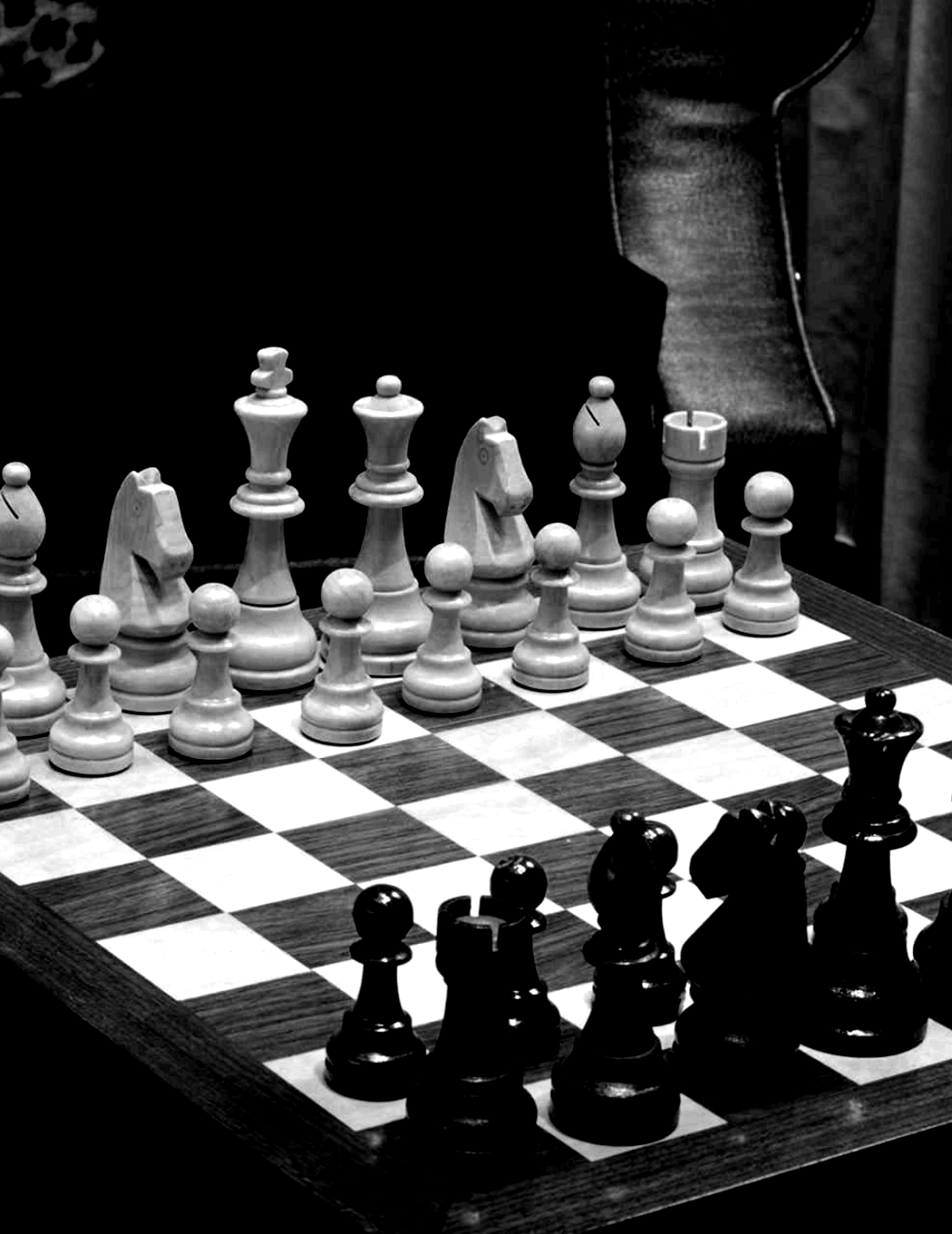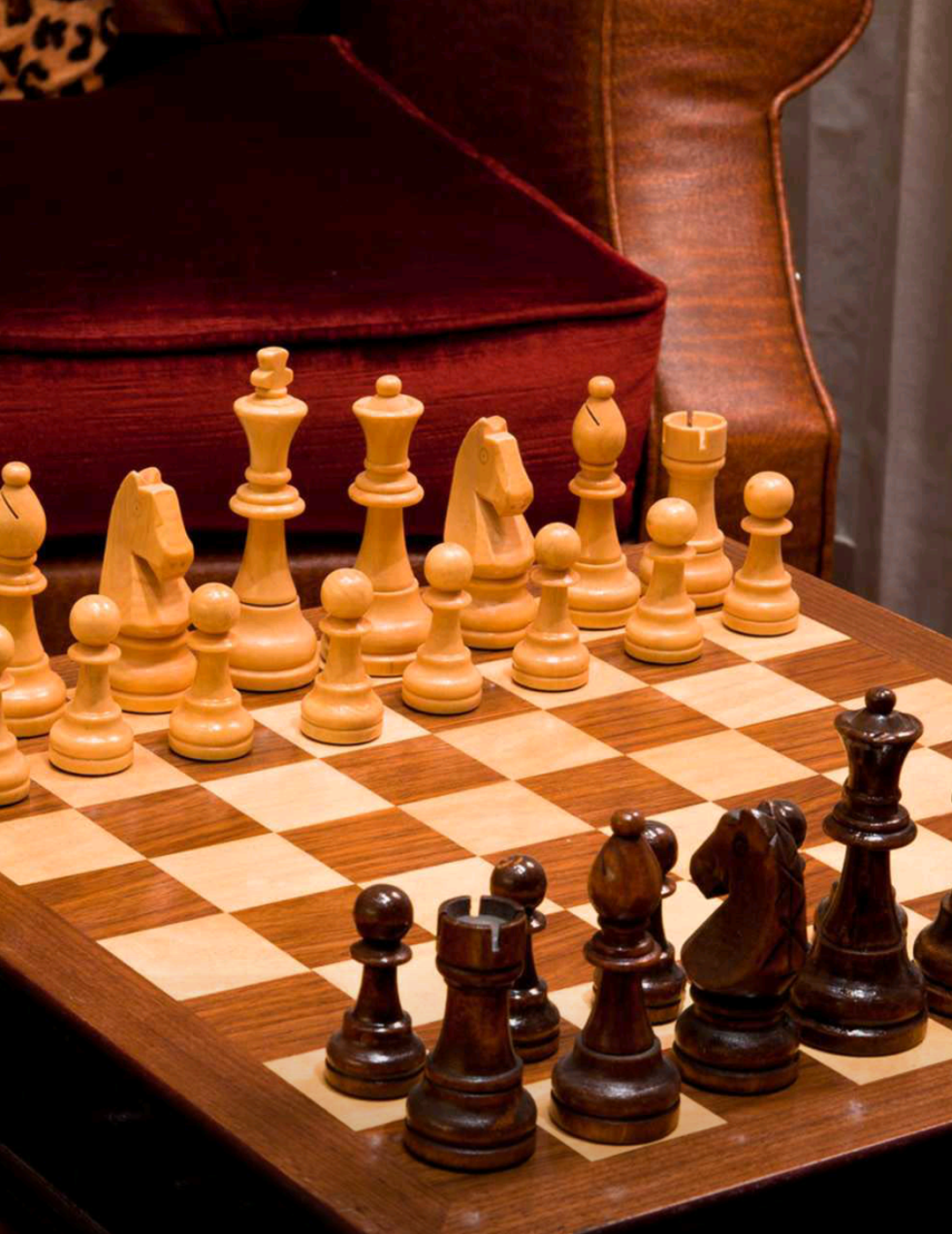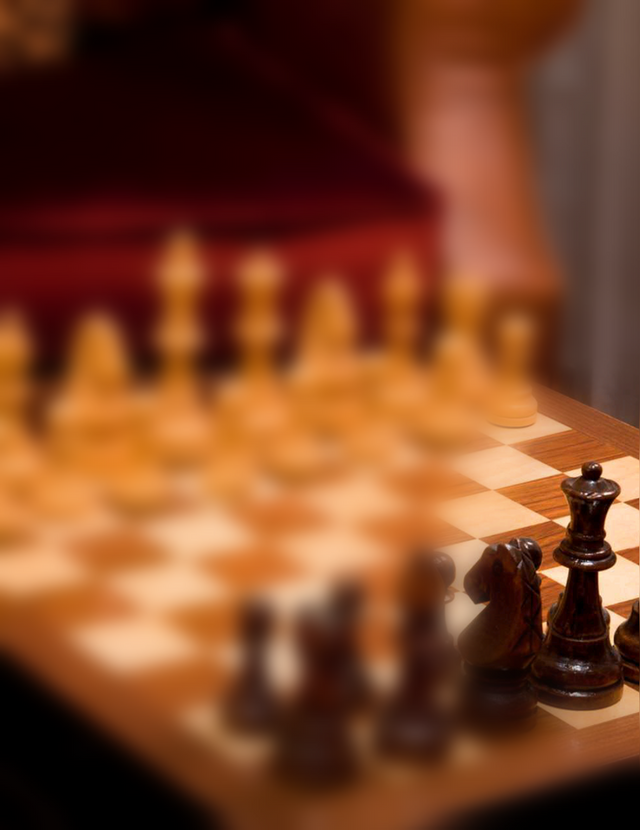10 FACTS ABOUT #CHESS ::: THE BRAIN GAME.. I LOVE THIS GAME. .
Source : https://www.chess.com/forum/view/general/10-interesting-facts-about-chess

- History of chess
Chess has a very long and distinguished history. It is believed to originate out of India during the Gupta empire, and subsequently made its way to the West in the 9th century. Of course there have been many different advancements between the time periods of then and now, which has made chess what it is today.
For instance, allowing pawns to advance two squares only from its original position was introduced in 1280 in Spain. Pawn promotion rules were limited for quite some time, such as in the 18th and 19th century when it was limited to a previously-capture piece. Of course, now a pawn may be promoted to a knight, bishop, rook, or queen (there may be more than one queen now, as opposed to earlier times).
- Short and Long Games
short and long games

In chess it is amazing to consider how short or long a game may be. To the former the quickest mate is as follows: 1. f3 e5 2. g4 Qh4++ This is known as Fool’s mate (there are other variations of this mate). And yes, a draw or resignation may occur before a move is played, which can occur in the case of a tournament standings scenario or a player that fails to show up for his or her game, respectively.
The longest tournament game of chess lasted for 269 moves (20 hours, 15 minutes), which ended in a draw. Theoretical estimates for a longest game are varied and extreme (5,000+ moves), which are complicated by special rules (and bad play!); i.e. the 50-move rule and 3-move repetition.
- The Dynamic Queen
dynamic queen

There could be a top 10 list just on the queen, which has undergone a number of changes over history.
Starting out as being able to move only one square diagonally, it was later able to move two squares – and further along the road, able to move like a knight. Of course now, thankfully, the queen is able to move diagonally, horizontally, and vertically to the scope of another piece.
Originally the queen was the “fers,” a counselor or prime minister, the king’s advisor. The Europeans later changed it in the 1400s to become the strongest piece in chess.
- Can You Play Chess Blindfolded?
blindfolded chess
Blindfold chess is real and documented in world records. It is as it sounds: a player makes all of his or her moves without looking at a board. Usually there is a “middle man” of sorts to give and receive moves for the game.
Blindfold chess is an impressive skill that many stronger chess players possess. It certainly requires a keen ability to see the board clearly, which can get difficult after many moves. The record was set in 1960 in Budapest by Hungarian Janos Flesch, who played 52 opponents simultaneously while blindfolded – he won 31 of those games.
- Endless Possibilities
endless possibilities
After three moves – that is three moves by each side (each “move” in chess takes into consideration a move by White and Black) – there are over nine million possible positions. Similar calculations have been made; if you’re mathematically-inclined, look up Shannon number for estimates on the complexity of chess.
The possibilities in chess add to its beauty. You surely don’t have to worry of the same position when you play, which lends to the importance of pattern recognition and position-specific strategies. In other words, you have to think when at the board – it’s definitely not all the same.
- Care for Opening Theory?
Opening Theory
Opening theory goes nicely along with the “endless” possibilities regarding chess. An opening is defined as a series of moves to start out a game, which can include many different sub variations. There are well over 1,000 different openings, including variations within larger openings/defenses that one can learn.
Openings are a unique aspect of chess as well. It also allows chess players a way to “prepare” for an opponent or play to their chess style. For instance, there are many different types of defenses that one can learn to suit an aggressive or positional style of play; i.e. the King’s Indian or the Queen’s Indian defenses respectfully against 1. d4.
- The Onset of Chess Variants…And Boxing?
Bughouse
To no surprise the market of chess variants is wide and varied (sorry, pun intended). There are a number of variants that alter the pieces, the board, and anything from putting three chess boards on top of each other. You can even put two chess boards side-by-side and play Bughouse – where you capture a piece and hand it to your opponent for placement.
Chess boxing has emerged in recent years, mixing in a round of boxing for a pre-defined time on a chess board. You fall on one front and you lose. It brings another interesting aspect to the world of chess and its variants, which certainly appeal to some people looking for a new twist.
- Chess Computers – Deep Blue and Others
Deep Blue
Chess computers are now a very important part of chess. Most famously Garry Kasparov, world champion and known as one of the strongest players in the history of chess, was defeated by IBM’s Deep Blue in 1997 in a six-game match. Aside from claims of cheating, this was a major shock to the chess world.
In 2006 world champion Vladimir Kramnik was defeated by Deep Fritz, furthering the statement of the strength of chess computers. Today chess programs are easily available to chess players that are essential in analyzing games and improving. They commonly rate within the same strength of Grandmasters.
- Chess and Your Brain
Chess and Your Brain
Chess is often cited by psychologists as an effective way to improve memory function. Also allowing the mind to solve complex problems and work through ideas, it is no wonder that chess is recommended in the fight against Alzheimer’s. Some contend that it can increase one’s intelligence, though that is a more complex topic.
The effects of chess on young individuals had led to chess being introduced in school districts and various countries. It has been shown to improve children’s grades and other positive effects as well.
- The Turk – A Chess Machine
The Turk
The Turk was an 18th century chess machine, or so people thought. Victimizing a number of people such as Napoleon Bonaparte and Benjamin Franklin, it was actually not a machine.
Thanks for reading..
You can find more about this story via this source https://www.chess.com/forum/view/general/10-interesting-facts-about-chess
Hi! I am a robot. I just upvoted you! I found similar content that readers might be interested in:
http://www.toptenz.net/top-10-interesting-facts-about-chess.php
nice follow me
Chess is an interesting intellectual game. But I think that not everyone is interested in watching it. People are used to a simpler format for sports entertainment. Football is a great example.
Thank you! I was interested in learning something new. I'm not that smart to understand the intricacies of chess strategy. I prefer to be an NBA fan and a bit of a cricket fan. I even bet on Team India with 1 x Bat India.This online resource often helps me out when I need up-to-date information or a quick bet before a match.